Blog
Everything You Should Know About Renovating Your Basement
A basement renovation is a complex project that can involve multiple steps depending on the current state of your basement and what you plan to use it for. From the foundation to flooring, heating, and building codes, it’s arguably one of the most extensive home renovation projects out there.
As such, a basement renovation typically provides a huge return on investment, anywhere from 60%-75%. The average basement remodel costs around $40,000-$60,000, so you can expect to see about three-fourths of that returned to you in property value.
That puts this renovation near the top of the list of value-adding projects. If you’re looking to renovate your basement, there are several key factors you’ll need to address throughout the process. Let’s take a look at everything you need to know.
1. Make Sure You’re Up to Code
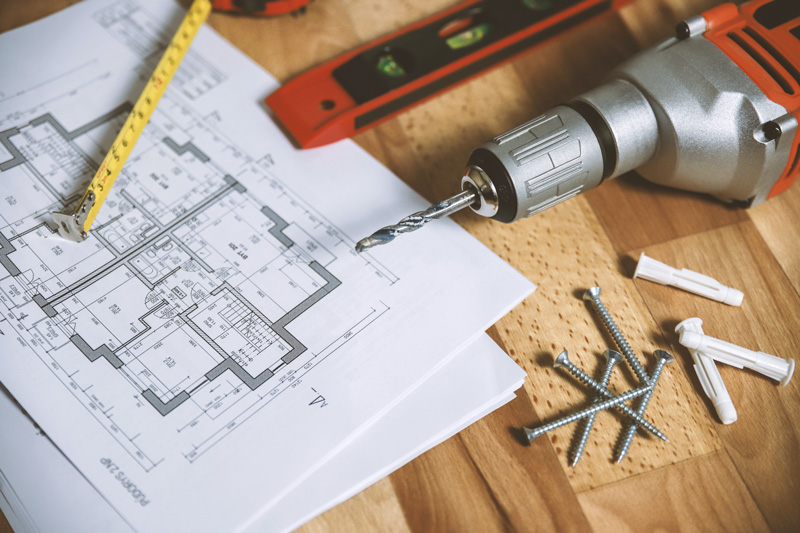
Since basement renovations often involve processes like raising ceilings and installing new exits, you’ll want to get familiar with your town or city’s local codes and apply for any permits you might need. Most basements require features like multiple exits and a certain ceiling height if they’re to be used as consistent dwellings, so checking with your local city planner is a must.
Failing to do so could result in you having to pay one or more expensive fines, or even bigger problems further down the road.
*Note: Building codes and permits vary town by town or state by state, so be sure to research and check with your town code’s before you begin renovations.
2. Assess the Foundation
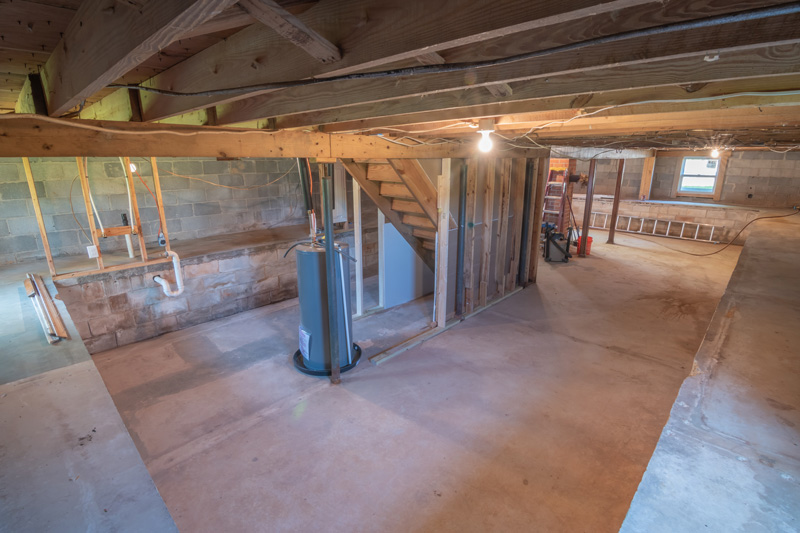
Many basements are built on a foundation that has shifted or cracked over time. Most concrete foundation types are susceptible to this, so you’ll want to bring in a professional to see if your foundation has been compromised at all. If it has, you could experience flooding, mold, and/or have an uneven tilt to your basement floor, making it that much harder to install windows and doors.
3. Choose Your Flooring Wisely

There are many types of basement flooring you can choose from. Concrete is the most popular, but other options like vinyl, rubber, and wood are also viable. Wood flooring can be one of the most aesthetically pleasing choices; however, you need to make sure it’s properly installed to avoid mold or mildew growth as well as warping or rot from water intrusion.
4. Clean Existing Materials
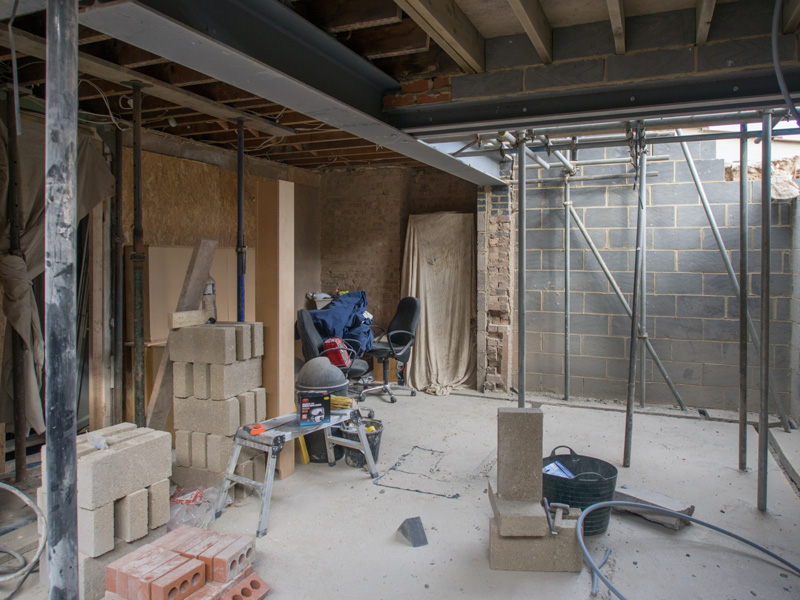
You’ll almost certainly want to clean the existing materials in your basement before you move forward with installing new ones. This could mean power washing a concrete floor and using a special type of concrete cleaner.
Another material that requires its own cleaning product is brick. If your basement has pre-existing brick, you’ll want to familiarize yourself with the cleaning process.
5. Heat Your Basement
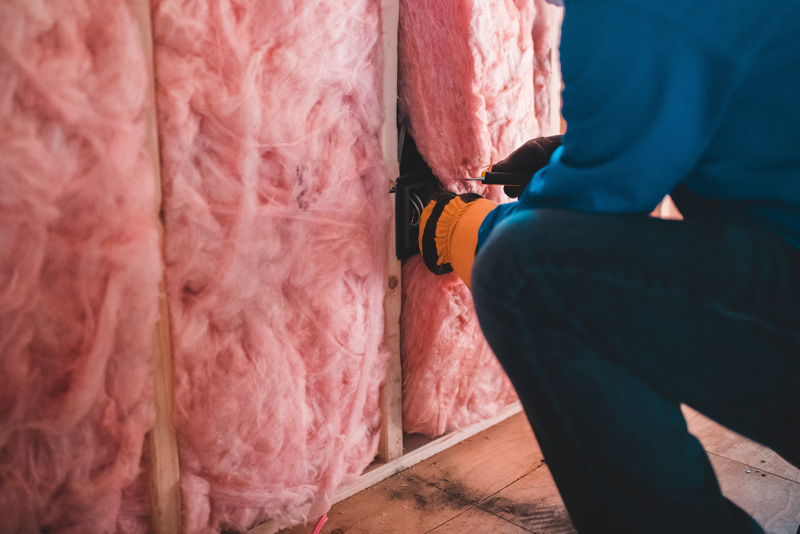
Basements are naturally cooler places that are harder to effectively heat with a regular forced-air HVAC system. Unless you’ve gone to great lengths to maximize the energy efficiency of your basement, you’re better off going with something like radiant floor heating.
This type of heating system uses pipes filled with hot water or heated by electricity. These pipes run along the length of your basement floor and heat it from the bottom-up, which is faster and more efficient than blowing air in through the vents.
Of course, even with an exceptional basement heating system like radiant floor heating, you’ll still need the right insulation. There are a few options to choose from, including sprayed foam insulation, bubble foil, foam board insulation, and fiberglass insulation.
Sprayed foam is great for DIY projects while bubble foil and fiberglass are exceptionally easy and effective. Foam board insulation requires a bit more effort to install, but can be effective at adding structural stability and temperature control to your home.
6. Install Plumbing and Electrical
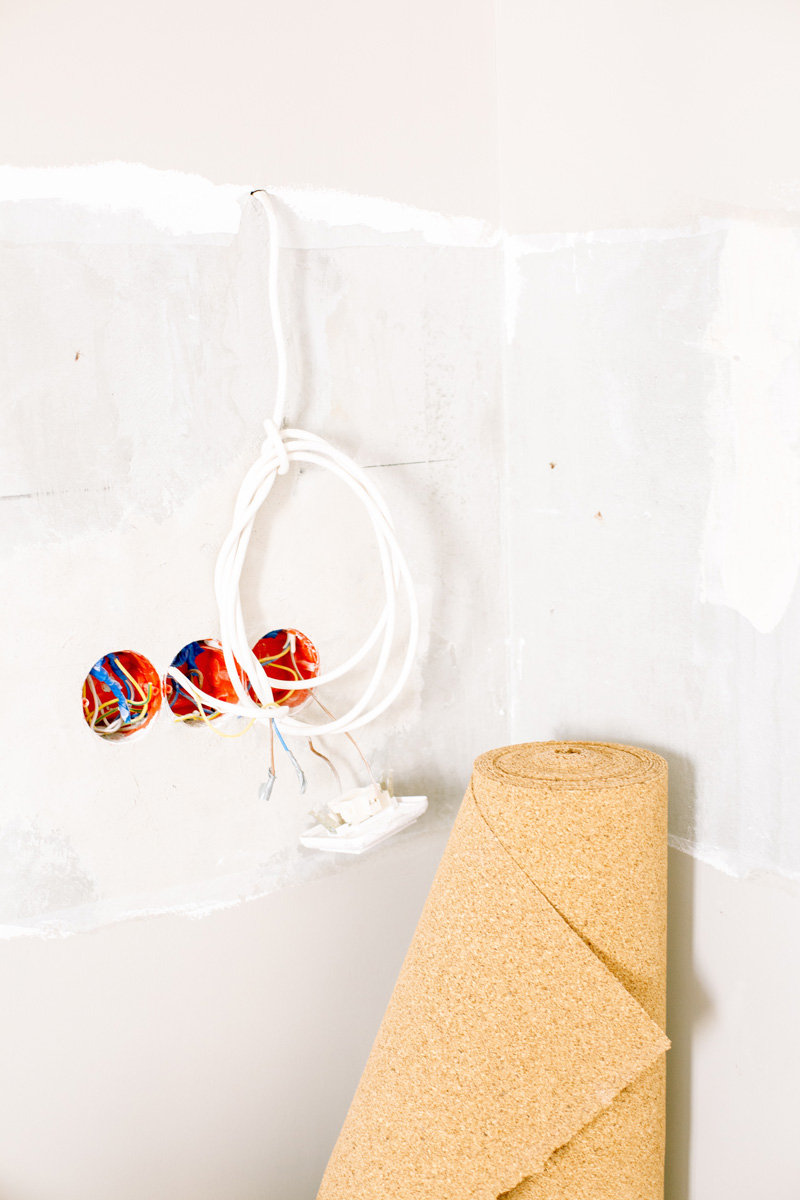
Renovating the plumbing and electrical systems in your basement requires the use of a professional contractor. You’ll want a plumber to come and install pipes where need be, as well as perform general maintenance on your basement’s plumbing where required. This could involve installing sinks, toilets, and other similar features.
The electrical setup of your basement should be handled by an electrician. There are many safety considerations to keep in mind when working with the electrical system of a home, so you want somebody with the experience and know-how to get the job done. This involves installing light fixtures and outlets and wiring light switches while making sure everything is installed safely.
The general rule here is to take care of plumbing before electrical so your electrician can work around the plumbing as opposed to your plumber having to work around more delicate wires and electrical components.
7. Consider Your Furnishings
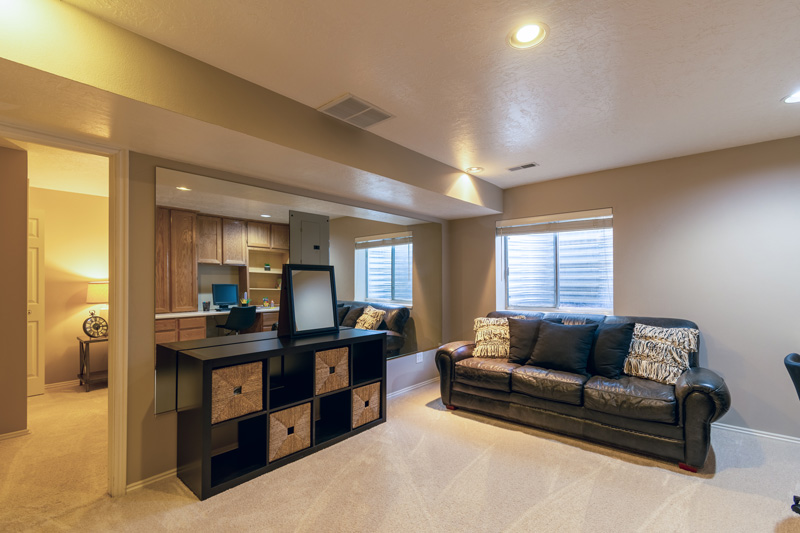
You’ll want to consider what type of furniture you’ll be filling your basement with after renovations are complete. What scale will fit your needs best? Do you want a lot of open space for activities or would you prefer a cozier fit with more furniture?
Whether you’re bringing in new furniture or pieces you already own, it’s also important to measure your basement’s entrances (including the basement bulkhead, if you have one) as well as hallways, corners, and stairways. This allows you to see if your furniture will be able to make a seamless journey to its destination so you don’t learn the hard way that the sofa you just purchased won’t fit down the stairs.
Once your basement renovations are completed, Circle Furniture can help with any design needs to create a comfortable, functional space. You can reach out to their Design Consultants to set up an appointment and get started.
Final Thoughts: Basement Renovations Require Many Considerations
If you want your basement renovation to go off without a hitch, it’s important to address
everything listed here. From inquiring about local building codes to assessing the foundation, choosing the right type of flooring, cleaning your floors and walls, and implementing an efficient heating system, each step is critical to the process.
By ticking off these boxes, you can rest assured knowing that your newly renovated basement will add a sizable amount of property value to your home and attract potential buyers down the road.
Natalie Akins is the Interior Design Editor at Innovative Building Materials. With over 20 years of interior design experience, Natalie has worked on many projects including commercial office design and residential spaces.
Author: Guest Author

